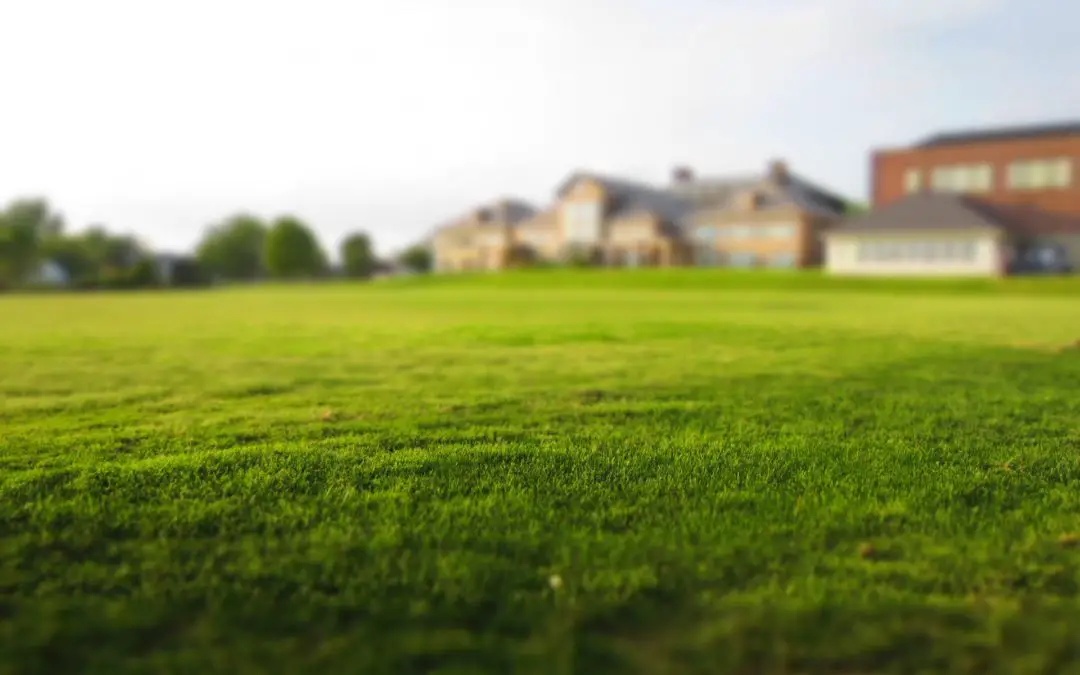Caring for a new sod lawn is all about ample watering, and limited traffic. Water like a maniac for the first two weeks. Use a watering timer. Wait 2 weeks before mowing. Install the same day it’s delivered, re-schedule the delivery if you’re not ready. Don’t walk on new sod, especially after its watered. It should be mostly established by week 5.
Some general guidelines
- More water is better than less, don’t worry about over-watering during the first two weeks. Use a timer so you don’t miss watering. Missing water could cost you a lot. Buy a timer, I had good results with this wireless water timer that I bought on Amazon.
- Avoid walking on the new sod as much as possible, especially right after watering
- Wait at least 2 weeks before mowing, and mow on a high setting, work your way down
- Install your sod as soon after delivery as possible, the same day is ideal. Never let it sit for more than a day. Only order your sod if you’re confident you’ll be 100% ready to install it.
- Water your sod immediately after installation. Completely soak it. If your install is going to take you longer than half a day, and it’s hot out: do the first half, water it, then move on to the second half.
To get a feel for the pros and cons of sodding, you can find more info in the following article.
Week 1
Water the lawn twice per day during the first week, and don’t cut your lawn (the first cut should be somewhere around week 3. Try to avoid watering in the hottest part of the day, and in the late evening. Watering in the hottest part of the day is wasteful because much of the water will be evaporated by the sun.
Watering in the late evening leaves the lawn wet overnight which encourages disease. Ideal times to water are in the morning, and the late afternoon/ early evening.
For more tips on watering your lawn, check out:
Week 2
During the second week keep watering twice per day.
During weeks one and two don’t cut your lawn, and avoid walking on it as much as possible. This allows the roots to establish a hold on the topsoil.
Week 3
Entering week three you are almost ready to cut your lawn. Stop watering your lawn for a full day, and wait one day after the last rainfall before you cut. This lets the topsoil firm up so you don’t create depressions when you cut.
After a full day with no watering, you’re ready to give your lawn it’s first cut. Recommended cutting length is between 6.5-7.5cm (roughly 2.75-3.00 inches). When cutting your lawn try not to remove more than 1/3 of the leaf blade with each cut. Cutting more off can damage the plant. It’s worth it to have your mower set on maximum height for the first cut, and then lower it by one step each week until you reach your desired length.
Also of importance is maintaining a sharp blade on your mower, landscaping companies will often be able to sharpen your blade for a small fee. A dull blade will leave the blade of the grass torn, and vulnerable to disease. Start cutting back on watering at this point to encourage deeper root growth. Water once per day.
Week 4
Watering once per day for week four. You can give your lawn another cut, and set the mower one notch lower. It’s also fine to wait another week before cutting. If you do cut, don’t water the day before to let the ground firm up.
Week 5
Entering week five the sod should be thoroughly established. The roots will have a firm grip on the topsoil, you can test this by tugging on the grass, it shouldn’t lift up. This means your lawn is ready for regular traffic and a normal watering routine. Water deeply and twice per week at the most.
Fertilize monthly for the rest of the season to give your lawn a strong start.
Your lawn is now ready to be fully enjoyed, congratulations!
Troubleshooting new sod
Sod pulling away from edges
- The sod may be drying out! A little bit of separation (gaps) between rolls is normal. Increase watering, and if the gaps don’t close up,
Sod easy to pull up, even after a few weeks
- Rooting should be underway after two weeks. If your soil is really loose, or your watering is too frequent, the roots won’t have to reach down as far to get water. Always water often for the first two weeks, but you can begin to space the waterings out further after that to encourage deeper root growth.
It turned yellow and black shortly after installation.
- If sod sits rolled up for too long it begins to decompose. The microorganisms generate heat, and eventually kill the grass. Grass can be green when first laid down, but if microorganism activity in the sod is already accelerated, it can kill the sod from the roots up.
Mushrooms
- Some compost and soil mixes come with mushroom spores and mycelium growing in them. Once the sod becomes established, and watering frequency gets lower the mushrooms will disappear. They’re usually not harmful to the lawn, and can actually increase nutrient availability to plants.

I’m Alex Lafreniere. I learned a lot about plants when I built and operated a landscaping company. But, there’s always more to learn. Ever since travelling across the world, I’ve wanted to find ways to bring more tropical and exotic plants into my life. This is the site where I share everything I’ve learned with you.
This site is owned and operated by Plant Hardware, a sole proprietor headquartered in Calgary, Canada. Plant Hardware is a participant in the Amazon Services LLC Associates Program, an affiliate advertising program designed to provide a means for sites to earn advertising fees by advertising and linking to Amazon.com.Plant Hardware may also participate in affiliate programs with Bluehost, Clickbank, CJ, ShareASale, and other sites. Plant Hardware is compensated for referring traffic and business to these companies.

